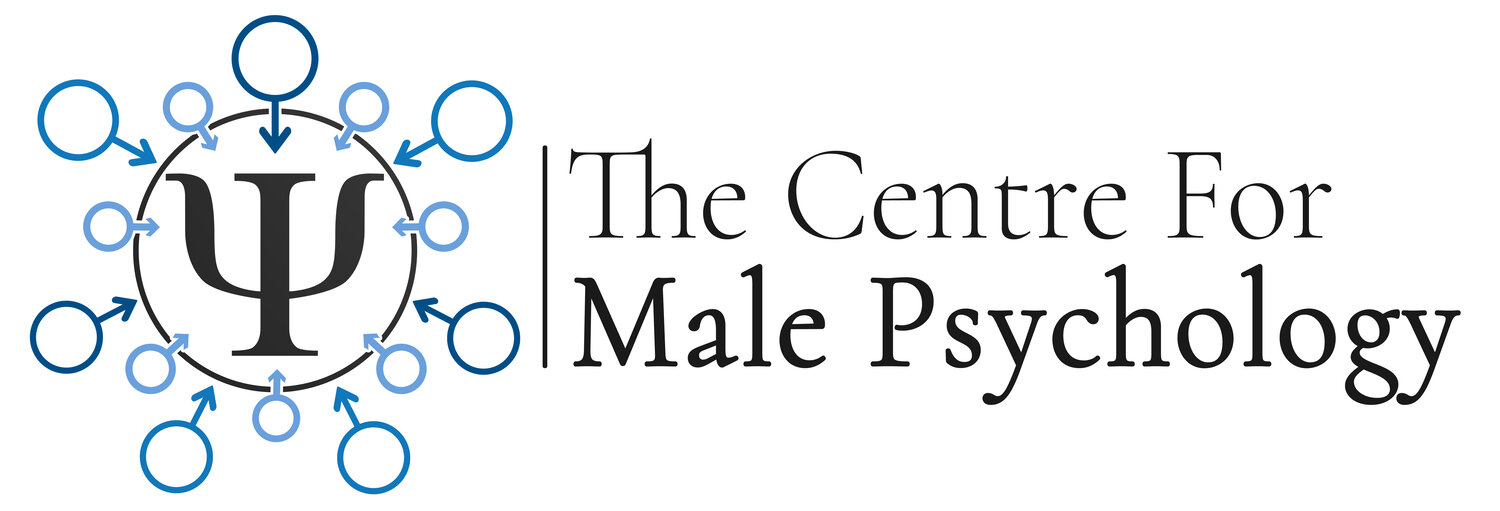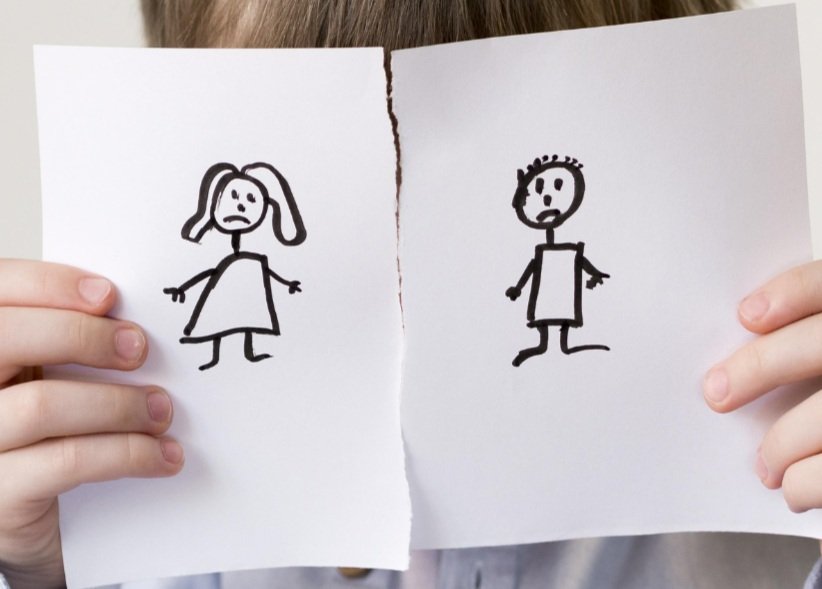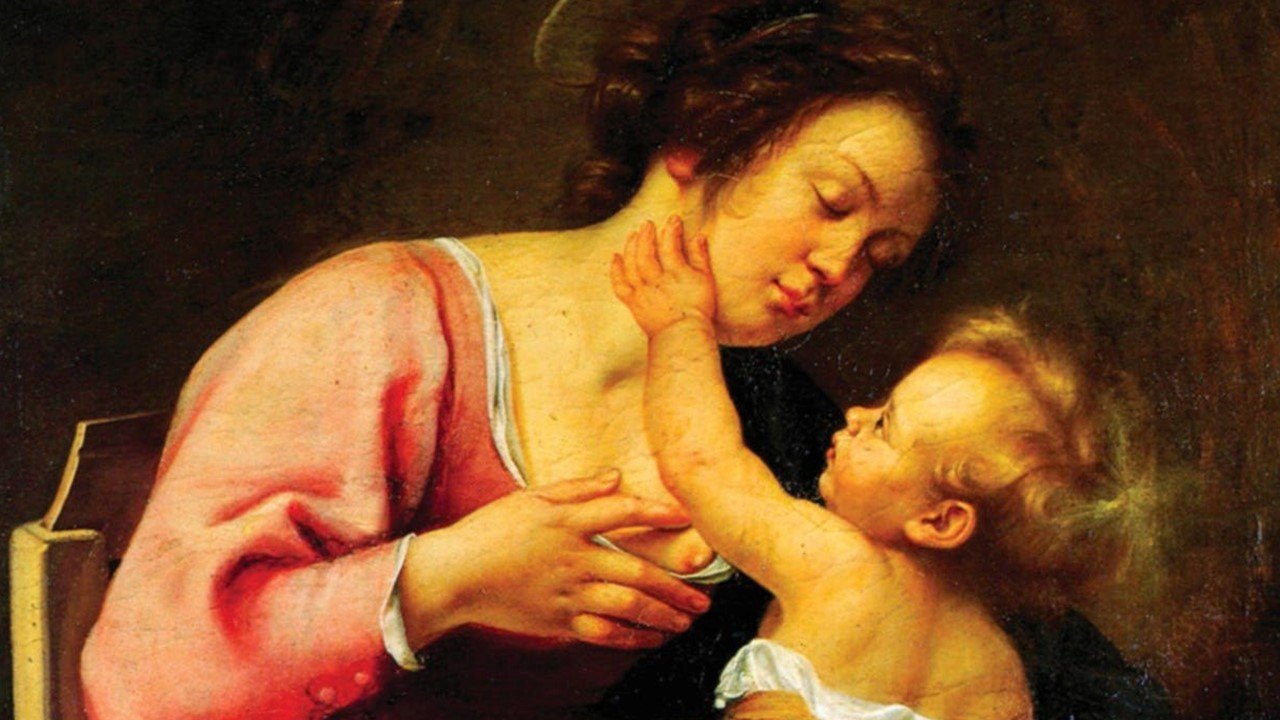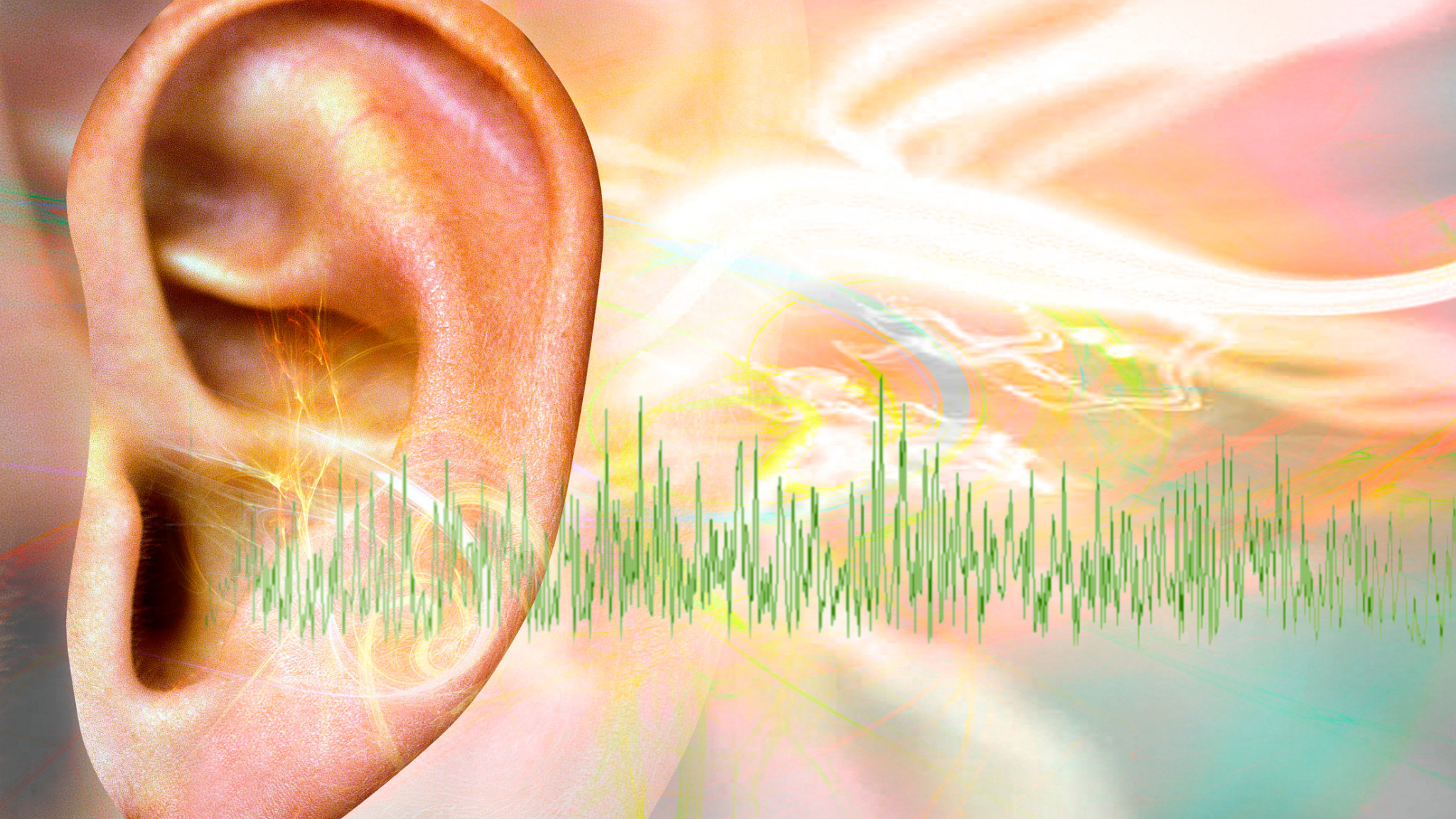Do horrified viewers of the fictional Netflix series ‘Adolescence’ care about real adolescent boys?
“Have you seen Adolescence? You gotta see it! The whole thing is about the topic of your research.” Friends and colleagues keep asking me about this new British series. It’s about an adolescent boy, Jamie, who murders an adolescent girl, Katie, for undermining his sense of masculinity. I have not seen it, actually, because I don’t subscribe to Netflix. But that makes no difference in what follows, which is not a review. Of interest to me is not the series itself: its actors and their characters, its plot, its dialogue, its sets and its production values. Of interest to me, at least professionally, is only one thing: the public debate over its central and obvious question. Why do boys (or men) resort to violence in general and to violence against girls (or women) in particular? What follows is about adolescent boys, in short, not Adolescence.
What gives me a professional interest in boys (and men)? I’m neither a psychologist, after all, nor psychotherapist. I’m neither a sociologist, moreover, nor a social worker. My field is, of all things, comparative religion. I’ve spent forty years studying feminism, which I classify(like every other ideology on either the Left or the Right) as a “secular religion.” Feminism is a worldview that functions in secular societies very much as religion does in traditional ones. It does not mediate the sacred, religion’s sine qua non and therefore its defining feature. But it does just about everything else that religion does: providing adherents with the sense of belonging to a community; offering them the sense of meaning, purpose and destiny; establishing and enforcing a moral code; providing the sense of order through a system of doctrines; allowing participants to act out their beliefs and reinforce them through ritual behaviors, pilgrimages and so forth. In short, religion organizes either society or communities within society.
Misandry “is the environment in which boys grow up, although some of them seek refuge in easily accessible sources of misogyny. As comments on Adolescence (and other phenomena) often observe, misogyny is alive and well. But so is misandry.”
But ideological versions of feminism are analogous to a particular kind of religion (which has a history that goes back not centuries but millennia). I refer to fundamentalism, which relies on a profoundly dualistic vision of the world: one in which “we” are perpetually victimized and “they” are perpetually “privileged.” All of history is therefore a titanic war between “us” and “them,” one that will end ultimately with “our” victory (reward) and “their” defeat (punishment). In the case of feminist ideology, women are innately good (the source of all virtue and happiness) and men innately evil (the source of all vice and suffering). I could go on and on, but I have already made my point. This worldview, feminist ideology, has come to dominate every Western country by infiltrating almost every institution (from legislatures and the courts of law to journalism and the court of public opinion, from academic and elite culture to popular culture). Its form of dualism is gynocentrism. And the fallout from pervasive gynocentrism is misandry. This is the environment in which boys grow up, although some of them seek refuge in easily accessible sources of misogyny. As comments on Adolescence (and other phenomena) often observe, misogyny is alive and well. But so is misandry. Standing sadly in the corner, this proverbial “elephant in the room” is largely unacknowledged even by those who claim to care about boys and men—let alone by those who have ideological or even professional investments in exposing misogyny. The question is not whether misandry, too, exists but why it exists and what dangers it presents not only to boys and men but to society as a whole.
From what I’ve read so far in the “discourse” over Adolescence, no matter what the production actually says or implies, I can identify two main arguments about the origin of misogyny. One is that boys and men are innately tainted by maleness or “testosterone poisoning.” If so, then the only solution would be to contain boys and men through either medication or incarceration—or at least to encourage sexual segregation so that girls and women feel “safe.” This point of view is not popular among the parents of boys, although some mothers have indeed published essays in respectable newspapers on how difficult it is for them to love their own sons—who will eventually adopt a “patriarchal” mentality and probably become abusers or even rapists. The wonder is not that some mothers have done so with the expectation of being honored and not rebuked for their honesty, but that any have done so. Janice Fiamengo discusses variations on this dismal theme, commenting on sources by women who claim to love their sons—but on one condition: that their sons internalize feminism (which includes contempt for men in general). See also Suzanna Danuta Walters’ Washington Post op-ed Why Can’t We Hate Men? and Jody Allard’s My Teen Boys Are Blind to Rape Culture.
Another argument is that boys and men are easily corrupted by “toxic masculinity.” [Editor’s note: the rest of this paragraph has been updated by the author]. The debate switches here to misogynistic “influencers” of the “manosphere” (such as Andrew Tate). Included as their followers but not always clearly distinguished, are both “Incels” (involuntary celibates who hate women for spurning them) and “Men Going Their Own Way” (voluntary celibates who fear, not without reason, having anything to do with women). As leading Incel researcher William Costello points out, at least two factors that are seldom discussed add not only to the rage of boys but also to the confusion of parents, teachers and legislators: a statistical correlation with both minority race and autism.
For decades, moreover, feminists have argued that men learn from an early age to “objectify” women, especially in connection with pornography and prostitution. Even now, not many academics ask about the ways in which women objectify men. Decades ago, however, Laura Mulvey threw down the gauntlet on the objectification of women with her psychoanalytical notion of the “male gaze” as an inherently sinister feature of cinema (that is, of male directors). Applying their own theories of objectification, other feminists have emphasized its function in prostitution and especially in pornography e.g. Andrea Dworkin and Catharine MacKinnon. Never mind that no heterosexual (or homosexual) relations would be possible without both partners temporarily focusing attention on their bodies, or that women have always tended to see men as walking wallets and status symbols, just as men have always tended to see women as beautiful trophies. Michael Kimmel tried a slightly different approach. He earned his fame, or infamy, as a sociologist by arguing that boys grow up with a sense of entitlement to “masculine privilege.” Denied it, he argues, young men react with rage against women (but also against men) who spoil their fun by insisting on respect for women or, worse, by colluding with the authorities to punish men for not conforming to codes of sexual etiquette so elaborate and so “safe” that even Victorian ladies would have found them amusing.
“…some viewers do ask troubling questions about the behavior of Katie (the murdered girl), but acknowledging only that much—her mockery hardly legitimates the retaliation of murder—merely scratches the surface of a much deeper and more pervasive problem”
But I think that all of these approaches are beside the point. It’s all very well to look for many possible explanations of violence by boys (the ostensible goal of Adolescence) instead of one (such as “the incel community,” misogynistic “influencers, the “changing role of fathers” or maleness itself). It’s another thing to ignore explanations that might implicate current conventional wisdom about both boys and girls. In the Washington Post, for instance, Anne Branigin informs readers that some viewers do ask troubling questions about the behavior of Katie (the murdered girl), but acknowledging only that much—her mockery hardly legitimates the retaliation of murder—merely scratches the surface of a much deeper and more pervasive problem: the profoundly gynocentric and even misandric culture in which boys must now live. (So do girls, of course, but with very different outcomes—not all of them enviable, let alone admirable.)
Gynocentrism, which long ago replaced androcentrism, is not a peripheral problem, one that affects only boys from this or that social class, family structure or geographic region. It affects all boys, all men, by ignoring and silencing them. And the same is true of misandry, which therefore continues to generate misogyny in response. It’s true that the current condition of adolescents, both male and female, is heavily conditioned by broad cultural tendencies such as the hedonistic and amoral world that popular culture presents as normal day after day. Think, for instance, of the wealthy and materialistic zombies who wander around luxuriously decadent hotels on The White Lotus (although even that show hints this season that some version of Buddhist meditation might be an antidote to widespread emptiness). It’s true also that adolescents, both male and female, are almost completely dependent on the opinions of others, whether friends or “friends” (let alone “influencers”). And yet something is happening to boys, in particular, that is not happening to girls (at least not in the same way or to the same degree). Adolescence is about a boy who not only abandons society passively but turns against it actively. Viewers realize that this is not merely another story, frightening but in an entertaining way. They experience the show, I suggest, as a warning. Unfortunately, to judge from the comments that I have read so far, they have yet to discern the (intended or unintended) content of that warning.
“…all people need to establish healthy identities [by making] at least one contribution to society that is (a) distinctive, (b) necessary and (c) publicly valued. Failing that, some people get the idea that even a negative identity is better than no identity at all.”
As I keep saying, all people need to establish healthy identities, both personally and collectively. And they cannot do so without being able to make at least one contribution to society that is (a) distinctive, (b) necessary and (c) publicly valued. Failing that, some people get the idea that even a negative identity is better than no identity at all. Those who do accept negative identities, however, are likely to turn not only against society (through crime) but also against themselves (through dropping out of school or employment, addiction, suicide and so on).
That is my hypothesis. I cannot prove it, because I’m neither a scientist nor a social scientist (although, after many years of soliciting academic suggestions, I have yet to meet one who is willing to take this hypothesis seriously as a research topic). It must rest, therefore, on a foundation that combines common sense and common decency.
I refer to common sense, because historical and anthropological evidence indicates that all humans do indeed seek what I call “healthy identity.” If I am exactly like everyone else in my community, after all, then how can I have any identity at all? If I am utterly unlike anyone else in the community, however, then why am I trying to belong there in the first place? And the same questions arise at the collective levels of class, religion, ethnicity, sex, language and so on.
But I refer to common decency, too, because no community that denies me or my community a healthy identity would be morally worthy of my loyalty and self-sacrifice. This is why my hypothesis is ultimately a moral one, not a psychological or sociological one. If we want adolescent boys (or men) to invest their lives in society, then we must motivate them to do so by insisting on their innate dignity specifically as boys (or men).
Consider Michael Kimmel and his countless academic followers. He realizes that boys and men are now in big trouble. But he assumes that this has come about as a result of their reaction to feminism. He says nothing about the cultural and technological revolutions that have made the male body increasingly obsolete over the past ten to twelve thousand years (except in connection with for fatherhood, so far, and even the need for fathers in family life has been under attack over the past half century). Kimmel assumes, therefore, that boys (or men) go wrong because of their anachronistic and illegitimate yearning for (unearned) privilege. I suggest that boys (or men) go wrong because society denies their universal and legitimate yearning for (earned) respect.
The lamentable fact is that boys and men have no obvious reason to invest in a society that has no room for them specifically as boys or men. On the contrary, they have obvious reasons to resent society—not for withholding “privileged” status but for withholding even the earned status that must provide the foundation for any healthy identity. The incels are neurotic, sure, but not necessarily blind; they see that society has abandoned them, even if they fail to see that abandoning society in return amounts to revenge, not justice.
I conclude with a warning (not a threat, which is what the incel point of view amounts to). Time is running out for our rapidly unraveling social fabric. We can either restore common sense and common decency to public discourse over boys and men, or we can run for the lifeboats. So far, to judge from reactions to Adolescence, the experts and their allies are too busy rearranging deckchairs on the Titanic. It's true that not all boys succumb to despair—and those who don’t should be the subjects of at least as much research as those who do—but more than a few boys do succumb and many more will surely follow. I’m still waiting for popular culture, let alone elite culture, to take the needs and problems of boys seriously instead of heaping contempt on them.
Scroll down to join the discussion
Disclaimer: This article is for information purposes only and is not a substitute for therapy, legal advice, or other professional opinion. Never disregard such advice because of this article or anything else you have read from the Centre for Male Psychology. The views expressed here do not necessarily reflect those of, or are endorsed by, The Centre for Male Psychology, and we cannot be held responsible for these views. Read our full disclaimer here.
Like our articles?
Click here to subscribe to our FREE newsletter and be first
to hear about news, events, and publications.
Have you got something to say?
Check out our submissions page to find out how to write for us.
.













































